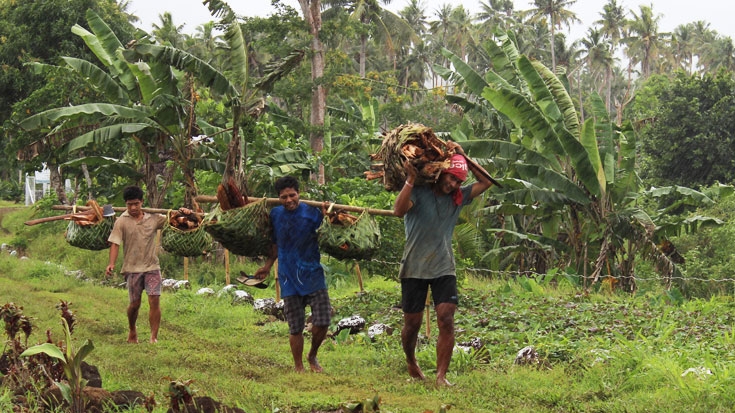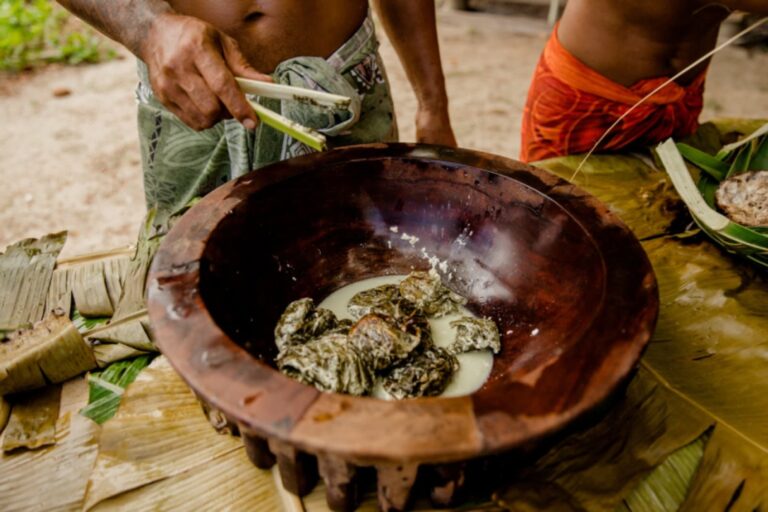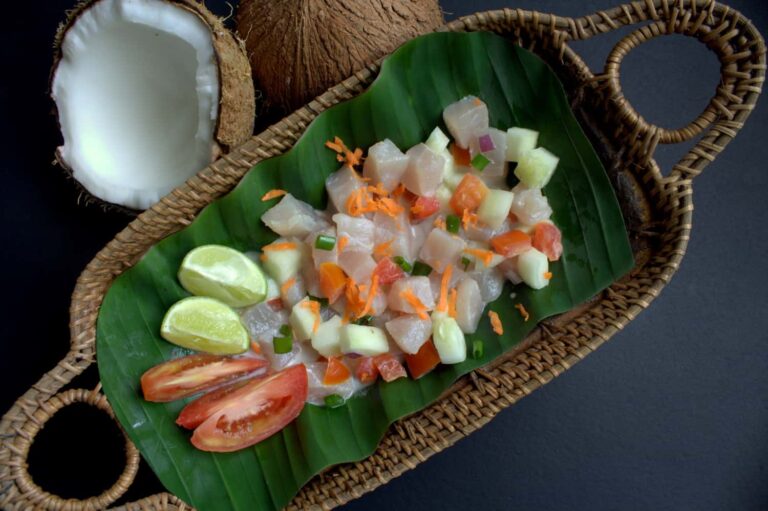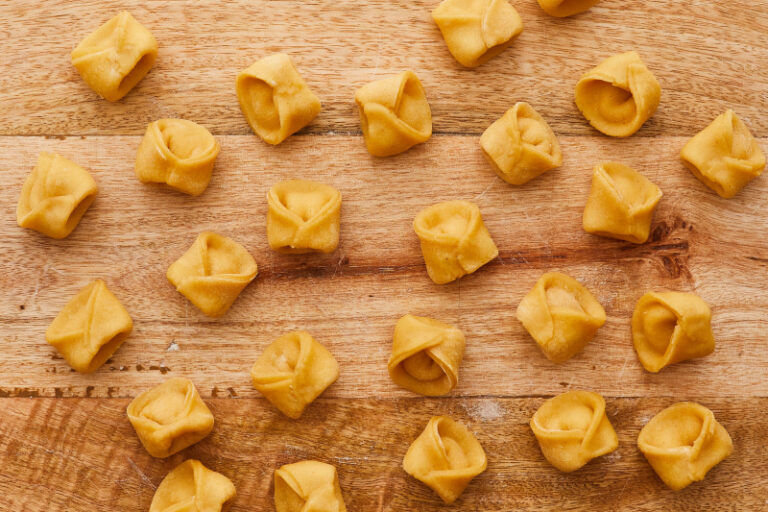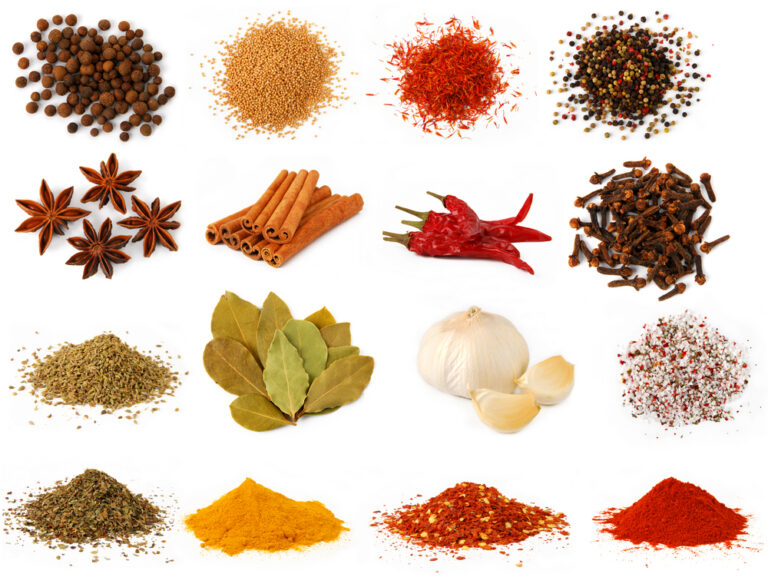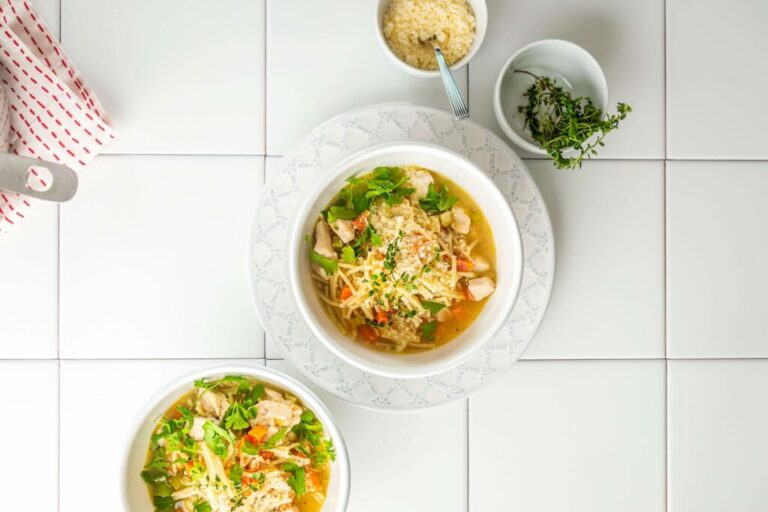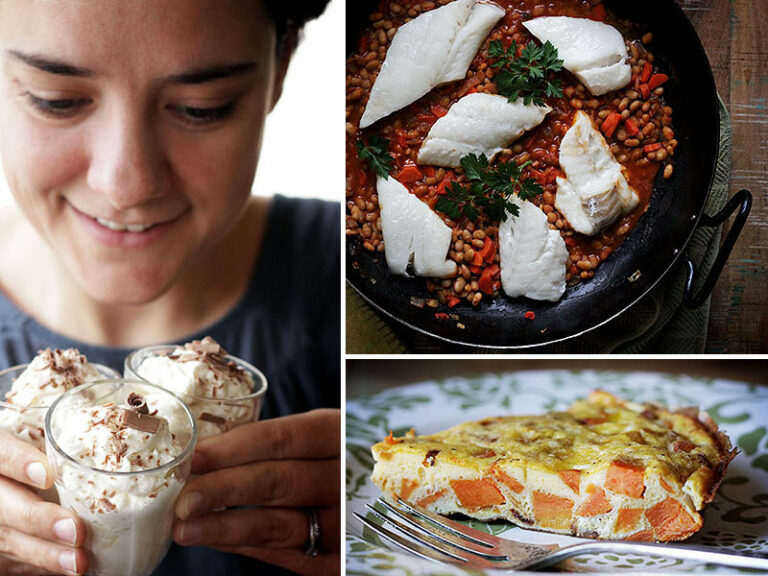Introduction to Samoan cuisine
Samoan cuisine is an amalgamation of traditional cooking methods and ingredients that have been influenced by the country’s geographic location and agricultural practices. The cuisine is known for its utilization of locally grown ingredients, such as taro, yams, coconut, breadfruit, and fish. Samoan dishes are often cooked using traditional techniques, such as umu (earth oven) and lovo (pit oven), which give the dishes a unique flavor and texture.
The geography of Samoa
Samoa is a group of islands situated in the South Pacific, halfway between Hawaii and New Zealand. The two main islands, Upolu and Savaii, are volcanic and mountainous, with fertile valleys and coastal plains. Samoa’s geography has an influence on its cuisine, as it provides the country with a diverse range of natural resources, including seafood, tropical fruits, and vegetables. The islands’ isolation from other countries has also contributed to the distinctiveness of Samoan cuisine.
Agriculture in Samoa
Agriculture is an essential industry in Samoa, accounting for a significant percentage of the country’s economy and employment. The country’s fertile soil and favorable climate make it an ideal location for the cultivation of crops, such as taro, yams, cassava, and bananas. Coconut plantations also abound in Samoa, where the fruit is used for cooking, drinking, and as a source of oil. Fishing is another important industry in Samoa, and fresh fish and seafood are readily available in local markets.
Influence of geographic location on cuisine
Samoa’s geographic location has had a significant influence on its cuisine. The country’s isolation has resulted in a distinct culinary culture, as ingredients and cooking techniques have developed independently from those of other countries. The proximity to the sea has also influenced the cuisine, as seafood is a staple in many Samoan dishes.
Influence of agriculture on cuisine
Agriculture is a vital component of Samoan cuisine, as many of the country’s traditional dishes are based on locally grown ingredients. Taro, a starchy root vegetable, is a common ingredient in many Samoan dishes, such as palusami (taro leaves cooked in coconut cream) and fa’ausi (taro and coconut cream pudding). Other vegetables, such as yams and cassava, are also used in Samoan cuisine. Coconut, another product of Samoa’s agricultural industry, is used in a variety of dishes, including soups, curries, and desserts.
Traditional Samoan dishes and ingredients
Some of the most popular traditional Samoan dishes include palusami, a dish made from taro leaves cooked in coconut cream; sapasui, a noodle soup made with beef or chicken; and oka, a ceviche made with raw fish, onions, and coconut cream. Other popular ingredients in Samoan cuisine include breadfruit, bananas, and pandanus leaves, which are used to wrap food before cooking. Samoa’s rich culinary culture is an essential part of its national identity, and many of the traditional dishes and cooking techniques have been passed down through generations.

